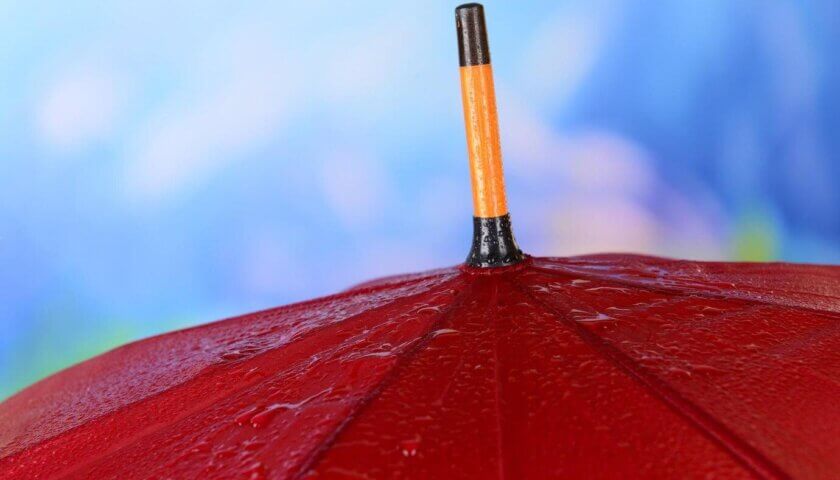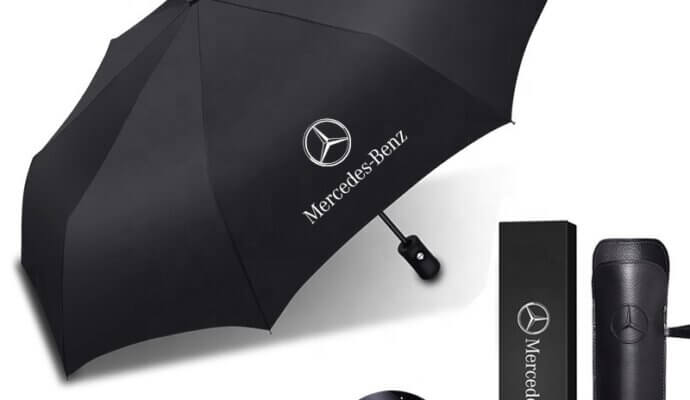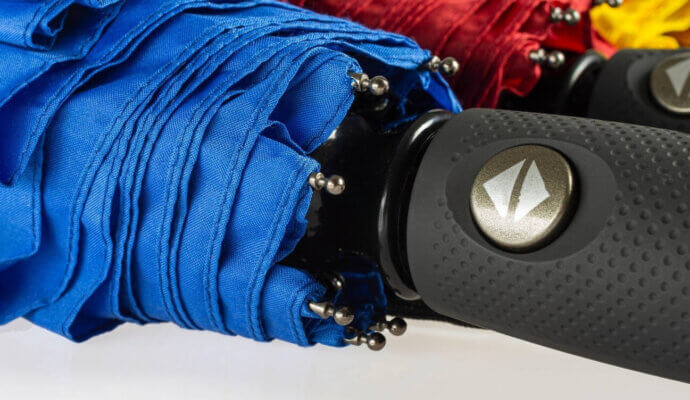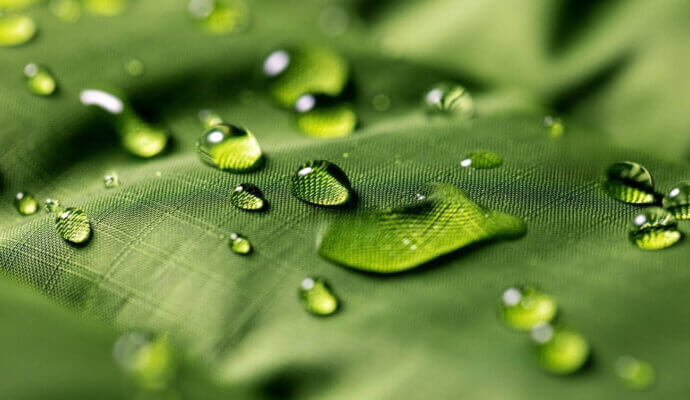When it comes to facing the horizon, few things are as important as a reliable umbrella. But have you ever stopped to think about the science behind what makes you dry? Enter the world of waterproof umbrella fabrics—an industry where innovation and functionality continue. In this comprehensive guide, we will embark on a journey through the different soils of umbrella fabrics, exploring their waterproofing applications, unique fabric treatments, and performance analysis. Whether you go through rain or shine, this guide will give you the knowledge to choose the perfect umbrella for any weather. And help those who want to make an umbrella project for their business.

Understanding Waterproofing:
Waterproofing is the technique of rendering a cloth impervious to water penetration. This may be executed via various techniques, including cloth choice and specialized treatments.
In the umbrella industry, most umbrellas have a waterproof function. Because the material materials have a tight weaving make it water resistant. The better the density of the fabric, the better the water-resistant impact. For instance, the 210T cloth’s water-proof impact is much better than the 190T material. POE umbrella cloth itself is waterproof material.
Analyzing Different Fabric Waterproof Functions:
Polyester: The Durable Workhorse
Polyester material reigns supreme in umbrella construction, revered for its durability and inherent water resistance. Its artificial composition and tight weave create a strong barrier against moisture intrusion, making it a popular choice for ordinary umbrellas. Polyester’s lightweight nature and quick-drying abilities similarly beautify its appeal, making sure reliable safety without compromising on portability.
Pongee: The Elegant Protector
Exuding sophistication and beauty, pongee cloth combines luxury with capability. Its excessive-density weave and easy texture provide incredible water resistance, ensuring impeccable protection in opposition to rain showers. Pongee umbrellas offer a hint of refinement, making them a favored preference for people who prioritize both fashion and performance.
Nylon: The Resilient Guardian
Renowned for its strength and unprecedented water repellency, nylon cloth stands as a beacon of resilience in umbrella production. Its tightly woven fibers shape an impenetrable barrier against moisture, providing steadfast protection even in the most negative weather conditions. Nylon umbrellas are lightweight and compact, making them the best partners for city dwellers and outdoor lovers alike.
Satin: Modern, Artistic, and fashion
Well known for its lustrous sheen and silky texture, the satin fabric offers a touch of sophistication. It is also a luxurious material known for its smooth, glossy surface and elegant drape. While satin is not typically considered a traditional choice for waterproof applications, it can be treated to enhance its water resistance for specific purposes such as umbrella construction. It is widely used in high-quality umbrellas.
Oxford: The Beach Umbrella Choice
Oxford fabric is a versatile, durable, and durable material that is often used in a wide range of applications including clothing, accessories, and outdoor equipment. Although not inherently waterproof, Oxford fabrics can be treated to increase the water resistance of umbrellas, backpacks, and other accessories. Suitable for use where protection is required from materials. The umbrella industry uses Oxford fabrics for beach umbrellas.
POE (Polyolefin Elastomer): The Eco-Friendly Innovator
Polyolefin elastomers (POE) fabrics represent a sustainable alternative in the world of waterproof umbrella fabrics. Its simple and recyclable nature makes it eco-friendly for eco-conscious consumers. Despite its eco-friendly certification, POE fabrics do not compromise water resistance, providing reliable protection from rain and minimal environmental impact.
Exploring Special Waterproof Fabric Treatments:
Although the fabric itself has a waterproof function. We regularly make specialized waterproof coating treatments on the fabric for a better waterproof effect. The specialized treatments enhance the waterproofing capabilities of umbrella fabrics as follows:
- DWR (Durable Water Repellent): Applied to the fabric surface, DWR treatments lower surface tension, causing water to bead up and roll off.
- PU (Polyurethane) Coating: PU coatings create a protective barrier that prevents water penetration, making umbrellas more resilient against moisture.
- Teflon Coating: Teflon coatings offer non-stick properties, repelling water and stains while facilitating easy maintenance.
Understanding Waterproof Umbrella Fabrics Rating:
Waterproof umbrella fabrics are often rated based on their performance in repelling water. Performance ratings provide consumers with valuable insights into the effectiveness of umbrella fabrics across different weather conditions:
- Water Resistance: Basic umbrellas offer minimal resistance to water, suitable for light rain showers.
- Water Repellent: Umbrellas with water-repellent fabrics provide enhanced protection against moderate rainfall.
- Waterproof: Advanced fabric compositions and treatments make umbrellas waterproof, and capable of withstanding heavy rain.
- Stormproof: Engineered with reinforced frames and ultra-waterproof fabrics, stormproof umbrellas excel in extreme weather conditions, offering maximum protection against rain and wind.
Conclusion:
As you navigate the world of waterproof umbrella fabrics, consider your priorities—durability, style, eco-friendliness—and choose accordingly. Whether you opt for the reliability of polyester, the elegance of pongee, the versatility of nylon, the glamorous of satin, the durability of oxford, or the sustainability of POE, each fabric offers its unique benefits. Combining the right fabric with special waterproofing chemicals, your umbrella not only keeps you warm but stands the test of time. Armed with this knowledge, you can face conditions with confidence, knowing that your umbrella is equipped to handle whatever weather comes your way.




2 thoughts on “Blog”
Can the way an umbrella is packaged really make a significant impact on the success of a brand? How can innovative packaging strategies differentiate a brand in a competitive market?
Yes, the way an umbrella is packaged can certainly elevate the brand and make it stand out. There are many different methods of packaging, and the approach you choose depends on how you want to convey the brand’s identity and values. For example, sleek and minimalist packaging could communicate a modern, high-end feel, while eco-friendly packaging might appeal to environmentally conscious consumers. Ultimately, packaging is a powerful tool to express the brand’s story, make a memorable impression, and create a unique customer experience.